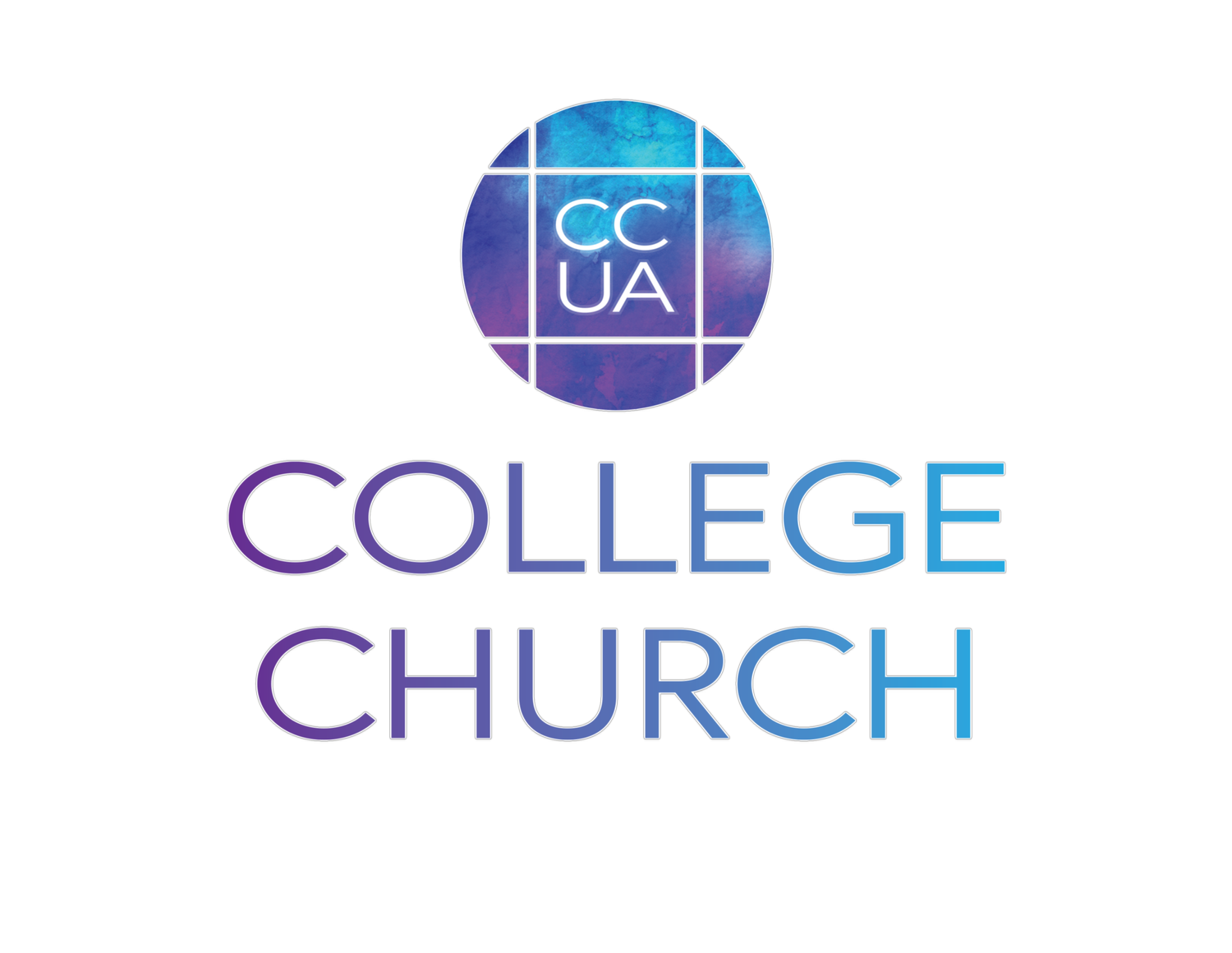
Read
Together
with churches all over the world
and with the people in the pew next to us
Daily Readings
April 21
Psalm 23
Acts 4:5-12
1 John 3:16-24
John 10:11-18
April 22
Psalm 95
1 Samuel 16:1-13
1 Peter 5:1-5
April 23
Psalm 95
1 Chronicles 11:1-9
Revelation 7:13-17
April 24
Psalm 95
Micah 7:8-20
Mark 14:26-31
April 25
Psalm 22:25-31
Amos 8:1-7
Acts 8:1b-8
April 26
Psalm 22:25-31
Amos 8:11-13
Acts 8:9-25
April 27
Psalm 22:25-31
Amos 9:7-15
Mark 4:30-32
April 28
Psalm 22:25-31
Acts 8:26-40
1 John 4:7-21
John 15:1-8
April 29
Psalm 80
Isaiah 5:1-7
Galatians 5:16-26
April 30
Psalm 80
Isaiah 32:9-20
James 3:17-18
May 1
Psalm 80
Isaiah 65:17-25
John 14:18-31
May 2
Psalm 98
Isaiah 49:5-6
Acts 10:1-34
May 3
Psalm 98
Isaiah 42:5-9
Acts 10:34-43
May 4
Psalm 98
Deuteronomy 32:44-47
Mark 10:42-45
May 5
Psalm 98
Acts 10:44-48
1 John 5:1-6
John 15:9-16
May 6
Psalm 93
Deuteronomy 7:1-11
1 Timothy 6:11-12
At College Church, we embrace a lectionary approach to guide our worship, corporate and personal. A lectionary is a preselected collection of scriptural readings from the Bible consisting of a Psalm, a Gospel, and an epistle or Old Testament reading. Our Sunday worship services incorporate the Revised Common Lectionary, which is utilized by a wide spectrum of Christian denominations. Our daily readings direct our personal worship journeys throughout the week.
The daily readings expand our range of biblical reading in worship and personal devotion with a full three-year cycle of the Revised Common Lectionary. This new format complements our Sunday worship service readings: Thur-Sat readings help prepare us for the Sunday ahead; Mon-Wed readings help us reflect on and digest what we heard in worship.
-
The lectionary is a complementary tool with the Christian calendar used for our spiritual formation and discipleship. The lectionary is a pattern for reading Scripture. It offers a three-year cycle, with the gospels of Matthew, Mark, and Luke providing the basis of each cycle. Selections from John are read during Eastertide in each year.
The lectionary helps remind us that both the Old and New Testaments are telling one single, coherent story: God’s story — a story of our creating, covenant-keeping, saving, redeeming, relational God making all things new. There are times that the connection between the Old and New Testament readings is evident. And other times it’s not. The most important theme that ties the readings together is that they’re about God.
The lectionary doesn’t read straight through the Bible. It assumes our knowledge of the big picture. The lectionary isn’t about us knowing the Bible better. It’s about us knowing God better. The readings point us to God.
-
The lectionary connects us to our church history of centuries past: The traditions of reading semicontinuous passages of Scripture from week to week and incorporating psalmody into our communal worship practices.
"The Common Lectionary has enabled churches to recover the practice of sung psalmody on a weekly basis, as an inspection of the Presbyterian and United Methodist hymnals in the United States will show.” (source)
In addition, the lectionary connects us to numerous other churches and denominations around the world that are reading and meditating on the same passages of Scripture each week. This practice helps form and unify the body of Christ and opens opportunities for fellowship around the Word and our response to what we hear.
-
The lectionary for Sundays is arranged in a three-year cycle that is planned around the four gospels in the New Testament. Each lectionary cycle begins on the first Sunday of Advent.
Year A is the year of Matthew
Year B is the year of Mark
Year C is the year of Luke
Excerpts from the Gospel of John are read each year, especially around Christmas, Lent and Easter. Additional readings from John are included in the year of Mark (Year B), whose Gospel is shorter than the others. The Scripture selections employ a rich scope of Biblical texts and are grouped around the birth, baptism, ministry, death, and resurrection of Jesus.The sequence of Gospel readings is designed to assist God’s people in to a deeper understanding of Christ and a stronger faith in him.
-
Following the Feast of the Epiphany in early January, there are two options for selecting the Sunday readings from the Old Testament: the “sequential” or “semi-continuous” track of readings, or the “thematic” or “related” readings.
1. The thematic / related Old Testament readings seek to complement the Gospel reading.
2. For the sequential / semi-continuous track, Genesis through Judges is read in Year A, the story of the kings of Israel in Year B, and the prophets in Year C. (Roots resources use the sequential / semi-continuous readings.)
